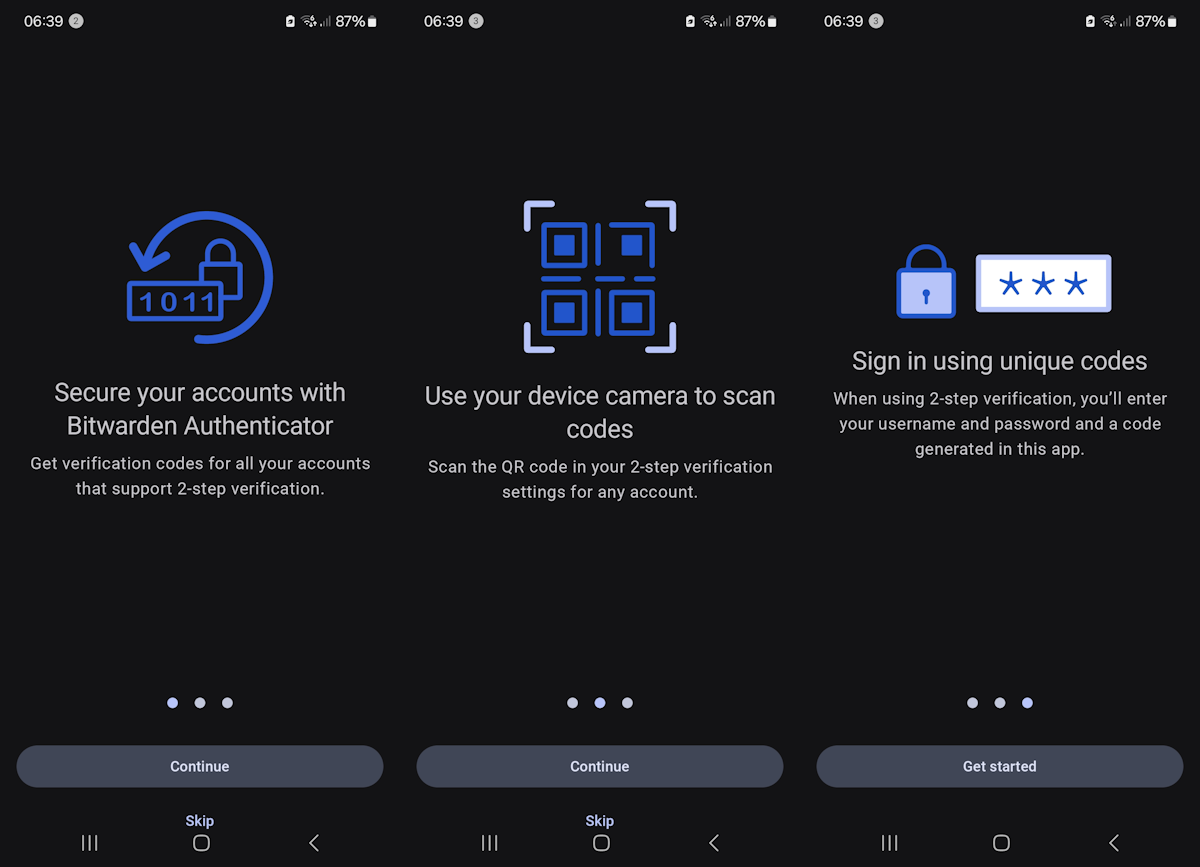Hide the volume on-screen display on Windows 10 devices

If you use a Windows 10 device with hardware volume buttons, a Surface by Microsoft for example or most laptops that run the operating system, you may have noticed that Windows displays a fixed on-screen display whenever you change the volume.
Microsoft integrated the functionality in the Windows 8 operating system and kept it activated on Windows 10 devices.
While some users may find the volume on-screen display useful, as it gives feedback when the volume up or down buttons are used on the device, others dislike the popup for a number of reasons.
The biggest complaints that Windows users have about it are that it is displayed in a fixed position and that it cannot be disabled.
The fixed position of the volume display means that it may be displayed on top of controls or information on the screen. There is little that you can do about this because you cannot modify the position of the display nor change the duration the volume popup is displayed.

HideVolumeOSD
HideVolumeOSD is a free program for devices running Microsoft's Windows 10 operating system that hides the on-screen volume indicator on devices running Windows 10.
The software program requires the Microsoft .NET Framework 4 (which is included in Windows 10) and needs to be installed before it can be used.
The program supports two modes of operation:
- Tray icon version -- Displays a tray icon which you can activate to toggle the on-screen display functionality.
- Silent mode version -- No tray icon and no option to toggle the functionality. In other words, OSD is hidden all the time.
Just select the mode that you want to use and that is it. The volume on-screen display is hidden after installation automatically which you can verify by using the hardware buttons on the device to change the volume.
Tip: you can check the volume at any time by interacting with the native volume icon in the system tray area of the operating system.
HideVolumeOSD adds three launch icons to the program group in the Start Menu. You may use it to launch the system tray or silent version of the application, and to switch the silent version from hidding the volume OSD to displaying it.
Closing words
If you don't find the volume OSD useful on Windows 10 devices, for instance when you use another program that displays a volume indicator, then you may find HideVolumeOSD useful as it hides the on-screen display on the operating system.
Now You: do you use on-screen displays?
Related articles
- Control the volume of individual Windows programs
- How to disable the touchpad of the Surface Pro
- Volume Concierge 2: auto-volume scheduler for Windows


























There’s a brightness slider, too. They both disappear instantly if you click on the screen or in a second if not. These are about the only OSD’s that aren’t part of a running program that I like and surprisingly unobtrusive for Windows.
“do you use on-screen displays?”
It depends. When I’m using a desktop/laptop, no. I really dislike OSDs, alerts, toasts, etc. appearing when I’m using those machines. They disrupt my “flow” and get in my way, without providing any real benefit at all.
If I’m using a mobile device, or using a machine as an “appliance” such as a media controller, then I do like OSDs for certain things, such as indicating volume level.
I guess it depends on how much mental focus I’m engaging in when using the machine. If I’m doing high-focus things, I don’t want any distractions from what I’m doing (which is why I also don’t like my OS or tools to engage in anything but the most minor animations). If I’m using the machine for a low-focus activity where I’m not really concentrating on what’s on the screen, then I welcome them.
Personally I miss the point of this application. On my ASUS laptop when I am finished adjusting the volume I just click anywhere on the screen image and the volume popup disappears, and I like this current design. I cannot visualise why HideVolumeOSD is useful – but I have not had my morning coffee yet….